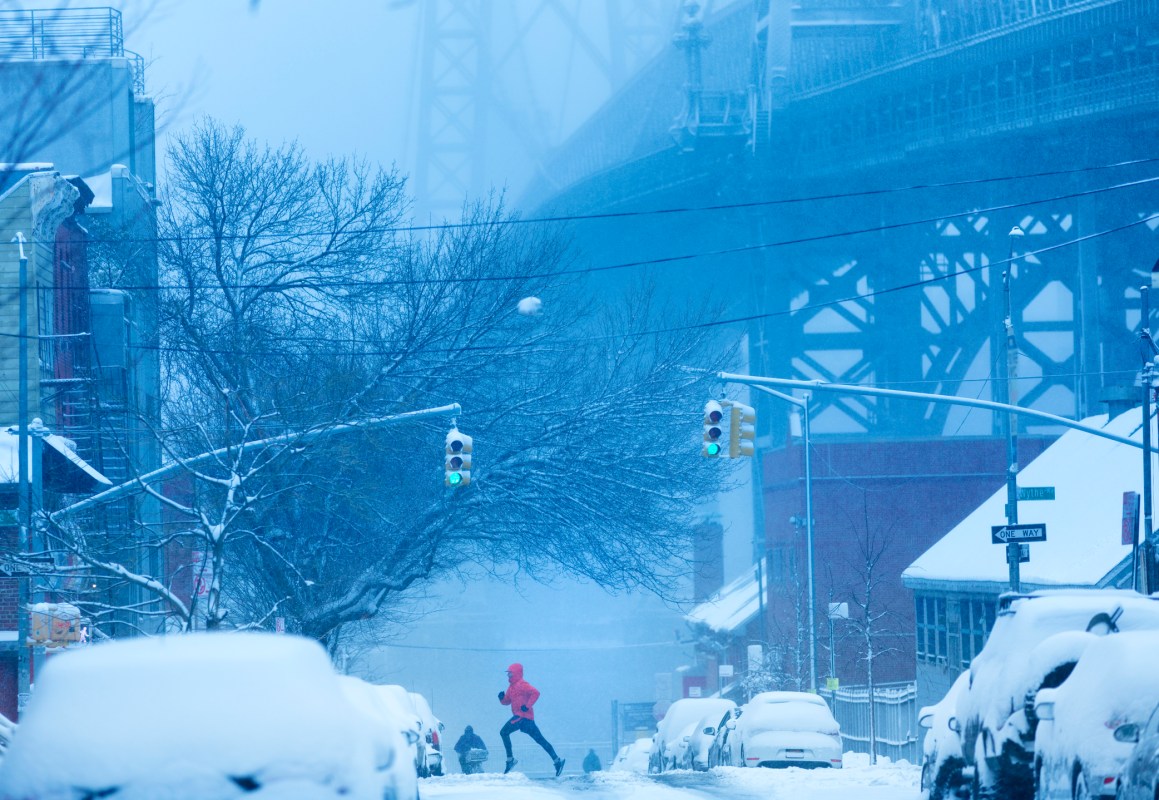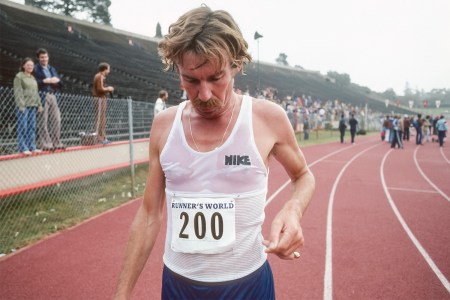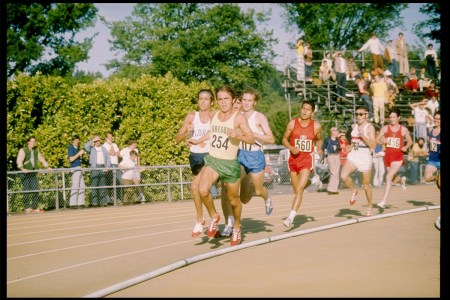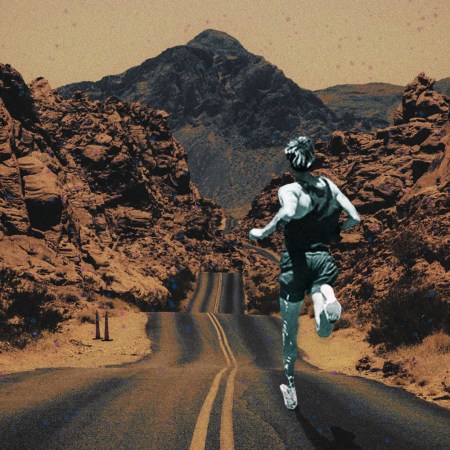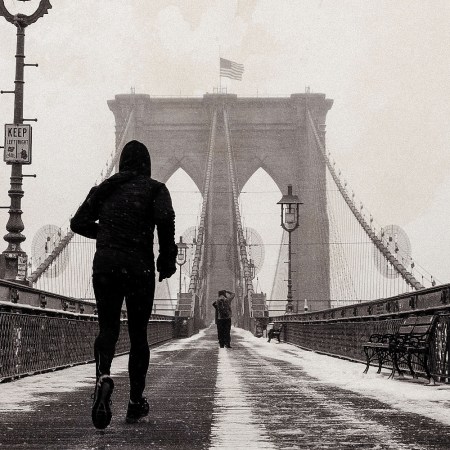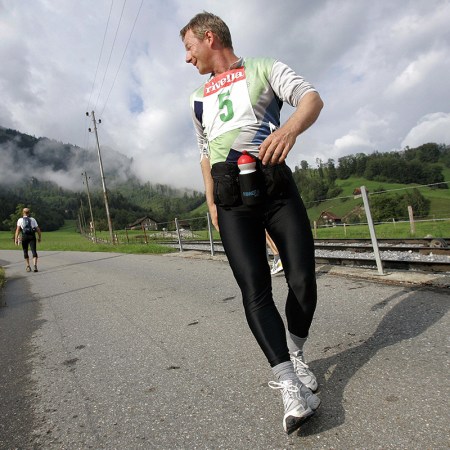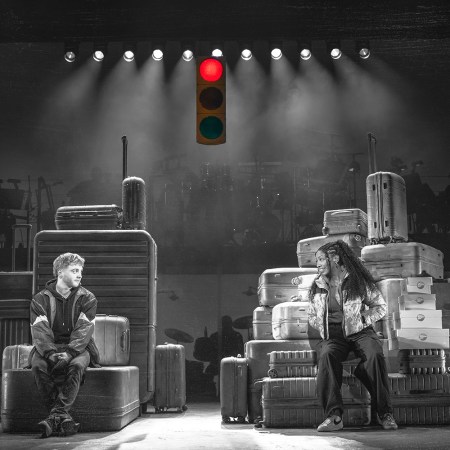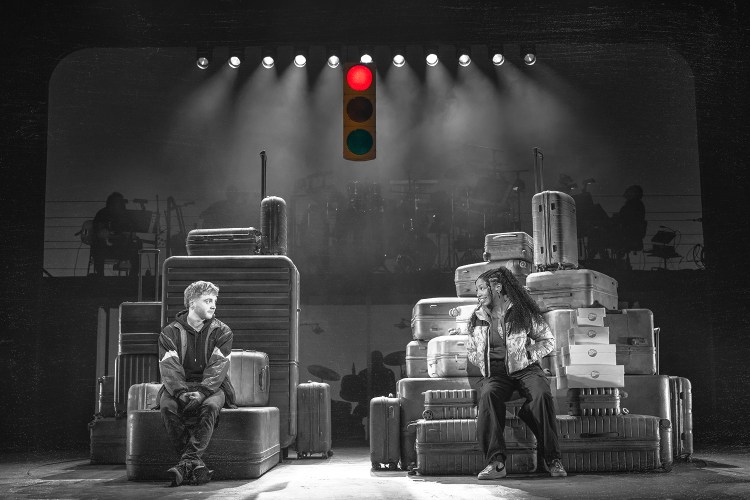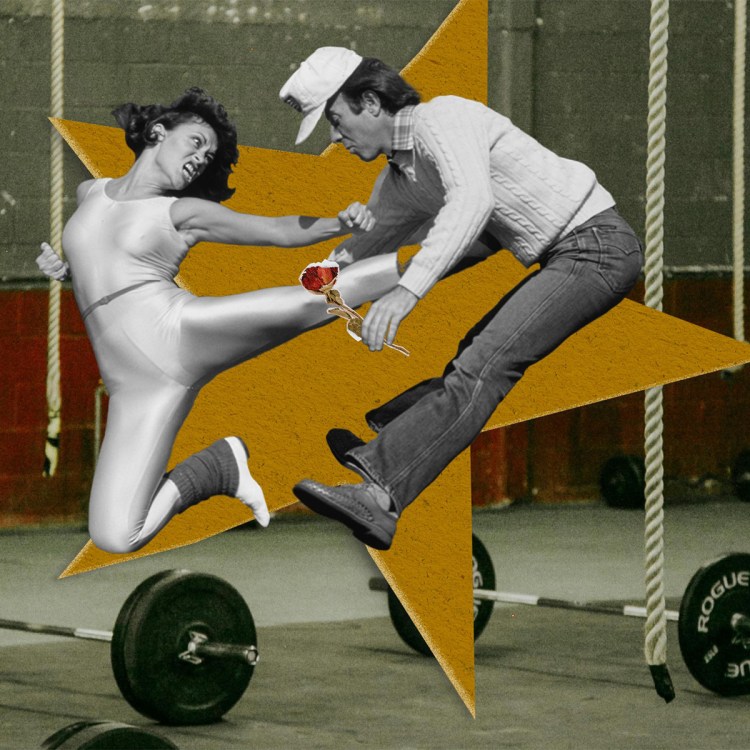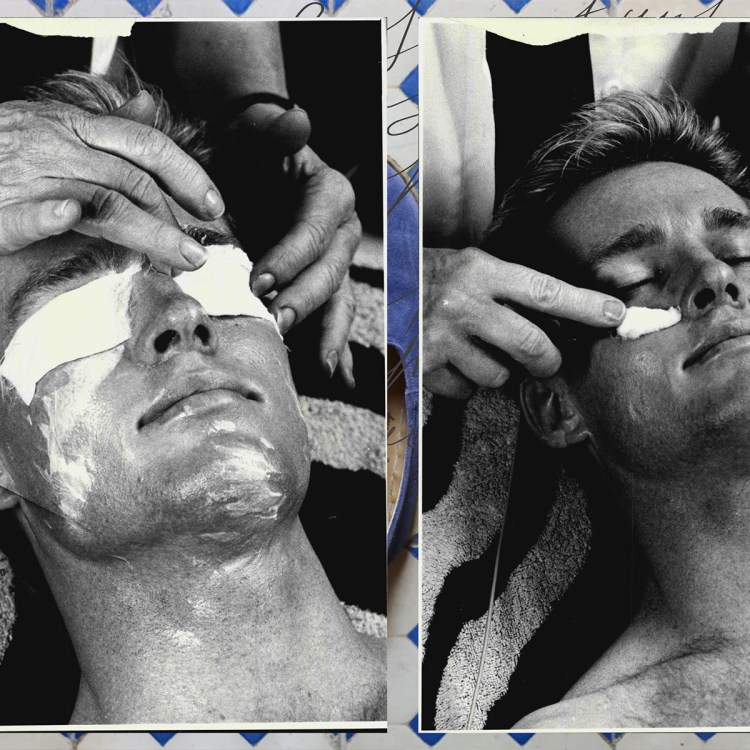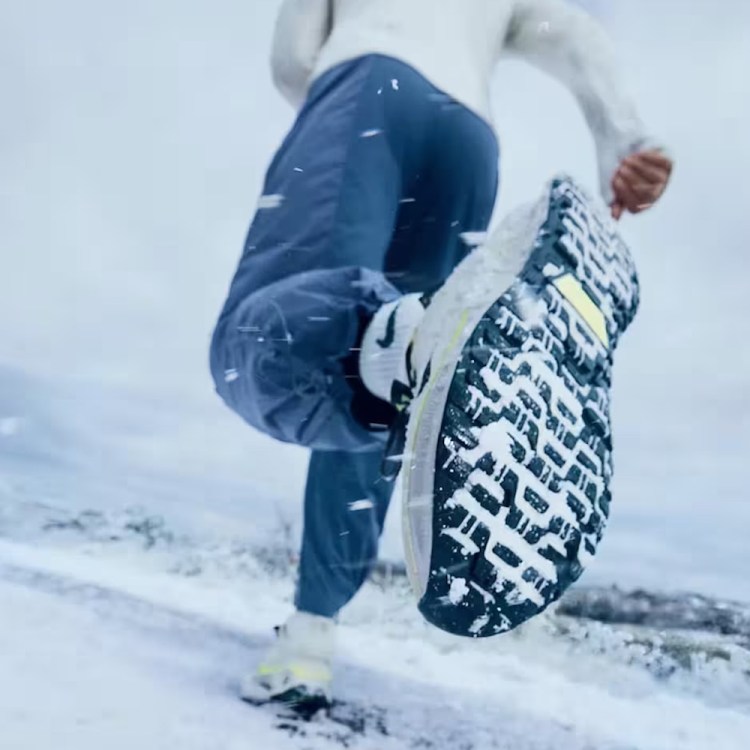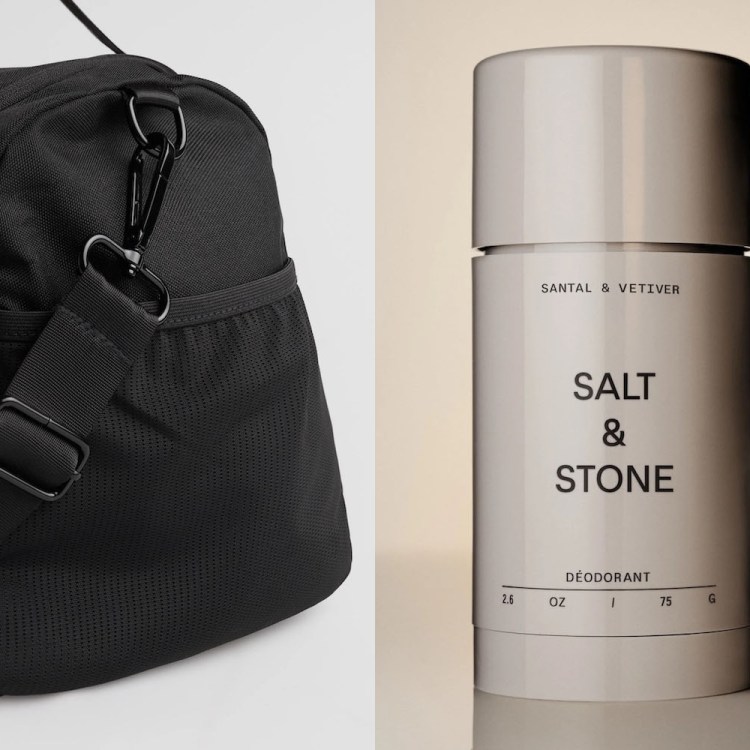I was hoping, upon seeing that I’d logged around 20,000 feet of elevation gain over my last year of running, that that’d slot me comfortably in the realm of a Himalayan peak. I wouldn’t mind having the humblebrag in to my back pocket, here in peak dinner party season.
But unfortunately, most mountains out there are closer to 25,000 feet in the sky, to say nothing of the tallest among their ranks (Mount Everest is a shade over 29,000 feet). I knew I should’ve hit more hills this year.
All told, and in all seriousness, it’s been yet another truly rewarding and revelatory year of running. After 12 months and around 750 miles — some of them quick, a few nauseatingly quick, and many actually very slow…more on that in a bit — I’m left feeling thankful and privileged that I get to wake up each day and decide if I’d like to go for a run. It never gets old.
To that end: my running year in review, with profiles of my favorite loops and workouts, plus some of the tips and tricks I picked up along the way. Happy holidays all, but more importantly, happy running.
It’s Never Too Late to Become a Runner. Here’s How.
Looking to get off the couch but no idea where to begin? We’ve got you.A foray into Zone 2
Like most serious runners, I see the videos, I read the articles and I’ve long known I’m not supposed to be running so hard so frequently. For a while, though, I did it anyway, for a variety of reasons: to look fast on Strava, to blow off steam after a long week, to squeeze in a run in before work or a dinner.
Eventually, I lost my way and simply forgot how to slow down. Most of my runs, no matter the distance, were no slower than a 6:30 pace per mile. I was flying in training, but my race-day 5K times were plateauing.
Similar to runners who observe endless run streaks (earlier this year, I spoke to a runner so dedicated to his “no days off” ethos, he even got out for a jog the day doctors performed surgery on his artery), all that effort had diminishing returns on my energy, my drive and my marks. It created a dubious cycle, typical of those who fall into the trap of “overtraining syndrome,” and impacted my love of the sport, which was a real shame, considering running was the thing that got me through the pandemic. I owe it a lot.
Zone 2 was the answer all along. It’s a form of longer and less-intense cardio (some affectionately refer to it as “lazy cardio”) that only asks for 60-70% of your maximum heart rate. This figure varies based on your age: try 208 – (0.7 x age), then multiply by 0.6 and 0.7 to find your exact range. Mine is roughly 114 to 132 beats per minute.
My very favorite runs this year were usually in Zone 2 training, which…makes a lot of sense. It’s supposed to make up the brunt of your mileage, after all — Zone 2 cardio clocks in at 45 minutes, at the least, and can be repeated three to four times a week. It pairs perfectly with the less scientific, yet well-known running term of “conversation pace.”
I did end up running some quick times this year, but lo and behold, I’m most proud of 10-miler I did over the Queensboro Bridge with my girlfriend, ahead of her first half-marathon. We kept the pace light and easy, listened to a podcast hosted by an Australian comedy duo (one Airpod in each ear), took some photos and ate bagel sandwiches after. That qualifies as running, also, same as all the tempos and track workouts. It just took me a little while to realize that.
And Wilson 2
Remember the adage: “Easy days easy, hard days hard.” Running slower makes you faster, in the long run. It’s worth it. If you don’t have a training companion to run with to keep you honest, though, I suggest sourcing a trusty prop instead: the $1.50 tennis ball.
I was first turned onto tennis ball running by Hellah Sidibe, the 31-year-old who became the first Black man to run across America (an adventure that covered 3,061 miles and took 84 days to complete) back in 2021. This past year, while training for the Leadville Trail 100 — an ultramarathon in the hills of a former silver mining town in Colorado — he started bouncing a ball at a low-stakes clip.
In one video, he explained that the trick has three unexpected benefits on a run: it keeps him busy, it chases away boredom and most importantly, it slows him down. I’ve tried it out myself a few times, and trust me, it’s a revelation. Not just because the practice totally economizes my cardiovascular system, upping my capacity for “aerobic adaptations” (fancy-speak for all the Zone 2 stuff), but it’s also just fun.
My tennis ball jog in September (four miles at 9:10 pace, heart rate at 132 beats per minutes), was one of the most pleasant running experiences I’ve had a long time. I charted a route I’d never done before, and always opted for streets where bouncing the ball seemed safest, a strategy that turned out to be pretty conducive to blazing an enjoyable run — every path I chose was empty and quiet. I found both a bakery and brewery that I eventually came back to visit.
My primary worry (that people would think I looked like a moron) was vanquished when a mailman, watching me bounce by, called “You the boss!” That felt really good.
The trusty foreign four
It’s your first day in a new city. You could hop on a double-decker sightseeing bus (which get a bad rap, but are usually pretty useful, in my opinion). Or you could run four miles. I have a running friend who turned me on to the “foreign four” a few years ago, and I’ve observed it pretty faithfully ever since, sans…one visit to Athens in mid-July.
Charting a four-mile loop is an excellent way to Miyagi yourself into learning an unfamiliar map, while the act of getting out there and actually running it is thrilling. You get to knock out a bunch of sights right off the bat, shake out whatever rust or jet-lag you accrued from the plane or train, and get some of your early-trip miscues out of the way. Because they are inevitable — especially when you are in motion. Missed turns happen, but you’ll get home okay, having definitely learned something along the way.
I had two “foreign fours” this year (one in London, a place I’d never been, the other in San Diego — a domestic quatro, if you will — a place I hadn’t been for nearly 20 years) and both offered excellent starts to the respective trips, while giving my running routine a much-needed electric shock. In both locations, as with all of my foreign fours, I ran along the water and stopped for photos whenever I wanted. I’d budgeted the run into the itinerary ahead of time, so there was no rush. And delaying those trips’ first pints, while torturous, made them taste all the better.
I Tried (And Survived) the Most Difficult Running Workout Ever Created
The legendary “Michigan” circuit requires power, patience and a willingness to go to a very dark place“The Michigan”
For all I learned about giving slow/steady runs their due this year, at certain points you still have to absolutely drop the hammer. That could translate to a mean eight where the pace never feels comfortable, or three miles close to race pace, or hills. How else can you know for sure that you’re getting better? There are workouts where you learn something about yourself, where you spend at least 50% of the session convincing yourself no one’s around, no one care if you quit and walked home…but find a way to finish, anyway.
This spring, I completed what is arguably the most difficult running workout ever designed. It came to life on a cocktail napkin in 1975, straight from the brain of University of Michigan track coach Ron Warhurst, though it was inspired by Steve Prefontaine, who had recently died in his tragic car crash. Pre used to run repeats that included an unconventional mixture of track and trail; he’d huff 1200 meters over and over on the track, yet, splice each rep with a two-mile-plus tempo run on one of the trails around campus, right around a pace of five minutes per mile.
Warhurst loved the idea, thinking that a formalized version of the practice could simulate what racing really felt like, with surges that arrive at indiscriminate times…that have to be run on legs that logically shouldn’t have anything left. Here’s what he came up with, which is known throughout hardo running covens as “The Michigan”:
- Two to three miles of warmup
- One mile at 10K pace on the track
- One mile at 5K pace on a trail nearby
- 1200 meters at 5K pace on the track
- One mile at 5K pace on a trail nearby
- 800 meters at 5K pace on the track
- One mile at 5K pace on a trail nearby
- 400 meters on the track, with whatever you’ve got left
I survived my first (and still, only) attempt at the workout in April, during a balmy afternoon in North Brooklyn’s McCarren Park. You can read about my experience (and check out my times for each repeat) here. Put simply, it was the hardest running workout I’ve ever put my body through. Pure, unfettered, old-fashioned torture. But I know it made me a better runner, at that point in the year, and the creative element — while uniquely agonizing — bled into my other track workouts, making sure I wasn’t just loading up on 12 400’s or something anytime I felt the need for speed.
My two favorite quotes on The Michigan were muttered by the very man who created it. Warhurst once opined on his Frankenstein: “It’s not a bee sting. It’s a steady thing that keeps coming at you. It’s a toothache, a grind. But you can function with a toothache. It’s an annoyance, but you can’t feel sorry for yourself. You get through it, and when you’re done you feel like you climbed Mt. Everest.” And his second, TL;DR version: “It’s like eatin’ dirt and spinach.”
Yasso 800s
Another workout with some serious lore to its name. This one was popularized by Amby Burfoot, the former Boston Marathon champion and longtime running journalist, in a 2001 article for Runner’s World. He wrote at the time: “Training doesn’t get any simpler than this, not on this planet or anywhere else in the solar system.”
He’s right; it’s approachable as hell. You go to a track and run the 800-meter at a pace that you can manage for 10 repeats. If that pace is 3:30, you should also take three minutes and 30 seconds of rest before your next rep. There’s no mandate to change the distance, nor mix in roadwork, nor finish faster. Just cling to your chosen clip for dear life.
But there’s an additional hook to Yasso’s brainchild, which he told Burfoot he’d been doing for 15 years. It can be used to project one’s marathon time, which, in his eyes, makes it an indispensable tool for marathon preparation. Yasso once said to Burfoot: “If I can get my 800s down to 2 minutes 50 seconds, I’m in 2:50 marathon shape. If I can get down to 2:40, I can run a 2:40 marathon. I’m shooting for a 2:37 marathon right now, so I’m running my 800s in 2:37.”
I didn’t run a marathon this year, and in my broader investigation of the so-called Yasso 800s (I spoke to a number of big-time runners from throughout New York City and the country) there seems to be something to the claim. Next year, I’ll get a decent idea of whether my comfort with performing the repeats in the 2:50 range means I’m capable of running a 02:50:00 over 26.2.
Marathon or not, though, the turn-key nature of this workout has solidly made it one of my favorites. I’ve come back to it several times this fall. One thing to keep in mind? It’s a lot of mileage — five miles of hard running, plus nearly three miles of warm-up, breaks and cool-down. I always make sure to reserve a ton of time to do it properly. This is no lunch-break sweat.
Love your loop
It’s nice to have a go-to. For every “Michigan” or four-miler over the Westminster Bridge, there were some 50 other times that I just tied my shoes, went outside and ran three to four miles around my block in Williamsburg.
I played with pace throughout the year, as I’ve mentioned, but however fast I was running, the same few miles were mainstays in my life:
Up the bunny hills towards the heart of the neighborhood, where you can find all the trendy trappings (Marine Layer, Warby Parker, Shake Shack), along the stretch with the biergartens and honky tonk dive bars, through two busy intersections in Metropolitan and Grand, past a pre-school, then up the pedestrian path of the Williamsburg Bridge, with New York Harbor glinting, and the whole horizon spinning with movement — the J rattling over the river, the ferries chugging below, the seaplanes making their rounds.
In good light, I can see the Statue of Liberty in the distance, and when I’m feeling especially dramatic or mindful, I’ll sometimes queue a specific tune as I make it to the top of the bridge, just before I dive-bomb it back into town. Other days I have somewhere to be, and I hardly look past the brim of my cap. I’ve cherished this loop all year, no matter the weather and no matter the pace — always, and just the same. I won’t be surprised if I run it January 1, 2023, at whatever point in that inevitable migraine of a morning I get my act together. I’ll be a bit crabby as I’m lacing up, I’d expect. But my mood will be just fine about a mile later.
The Charge will help you move better, think clearer and stay in the game longer. Subscribe to our wellness newsletter today.
